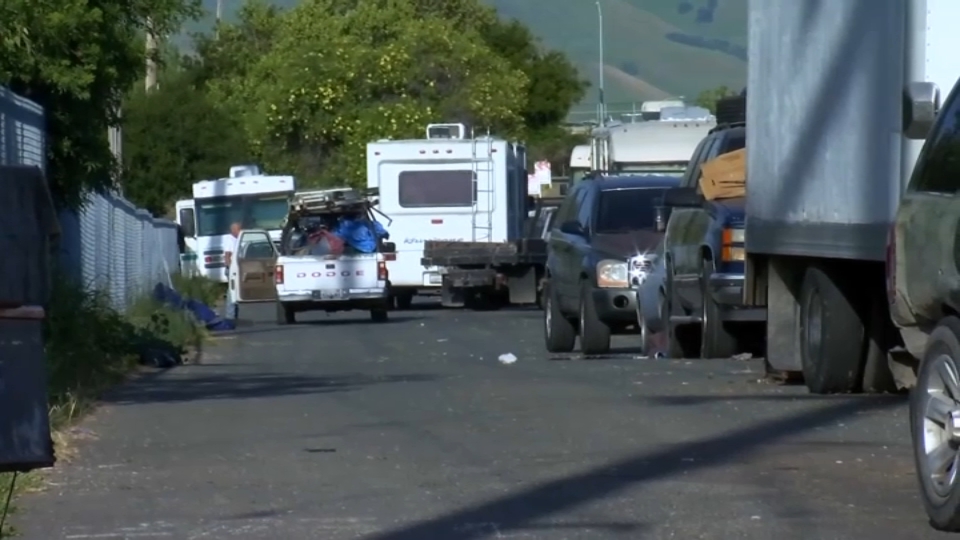If there is one person who understands the importance of a silent alarm button on a Santa Clara Valley Transportation Authority bus, it’s VTA operator Carlos Zarate.
Recently, NBC Bay Area showed surveillance video of Zarate’s horrifying close call with a machete-wielding passenger in San Jose.
“He told me to make this U-turn or else you're going to start bleeding. And that's when I decided to do what he said,” Zarate said.
While the armed passenger hijacked his bus, Zarate pressed his bus panic button. Santa Clara County sheriff's deputies responded, and Zarate walked away physically unharmed.
That was a legitimate emergency that is rather rare in these cases, NBC Bay Area found.
“In 2023, for example, a little over 80% of the alarm calls where our sheriff’s dispatch were notified were false alarms,” Santa Clara County Sheriff’s Capt. Jose Cardoza said. “I think it’s high.”
VTA has an annual contract with the Sheriff’s Office worth $12 million to $14 million, according to contract documents the Investigative Unit obtained through the California Public Records Act. Public money pays for deputies who are contractually obligated to respond to every call for service, including all the false alarms.
Local
When asked what kind of negative impacts these false alarms could have on real emergencies, Cardoza said, “Good questions, so we don’t know.”
Both Cardoza and bus operators NBC Bay Area spoke to said many of the false alarms are the result of known procedure and design issues with VTA’s buses that make it too easy for operators to accidentally hit the button.
Get a weekly recap of the latest San Francisco Bay Area housing news. Sign up for NBC Bay Area’s Housing Deconstructed newsletter.
In an on-camera interview with the Investigative Unit, VTA Chief of Safety and Security Aston Green said he’s aware of this issue.
“There are plans to improve that technology,” he said. “But for me, as a security professional, every false alarm is an alarm test. That’s not a wasted resource.”
When asked about the high percentage of false alarms, Green said, “Eighty percent, that’s fine. What that means to me is that that’s an opportunity for our Sheriff’s deputies to make contact with an operator. … One of the things that we want to be able to do with our law enforcement – and our emergency management philosophy — is to work those muscles for emergencies.”
What about concerns that it could lead to real emergencies being dismissed or waste limited public safety resources?
“[It’s] not a waste,” Green said. “Because we contract with the Sheriff’s Department to be on our system while we’re paying them.”
“It does put an impact on our resources, obviously, because there are so many false alarms,” Cardoza told NBC Bay Area.
The Investigative Unit reached out to see if other Bay Area transit agencies are experiencing a problem with these accidental calls for service. AC Transit declined to comment saying a response from the agency may undermine their technology. SFMTA and SamTrans said they are not experiencing the issue.
Catch up on our past reporting:
Part 2: Hit, shot at, kidnapped: Bus driver violence rises as AC Transit has highest assault rate
Part 3: Feds take nationwide step to address transit worker assaults
Part 4: VTA bus hijacking video highlights fragmented transit emergency response



